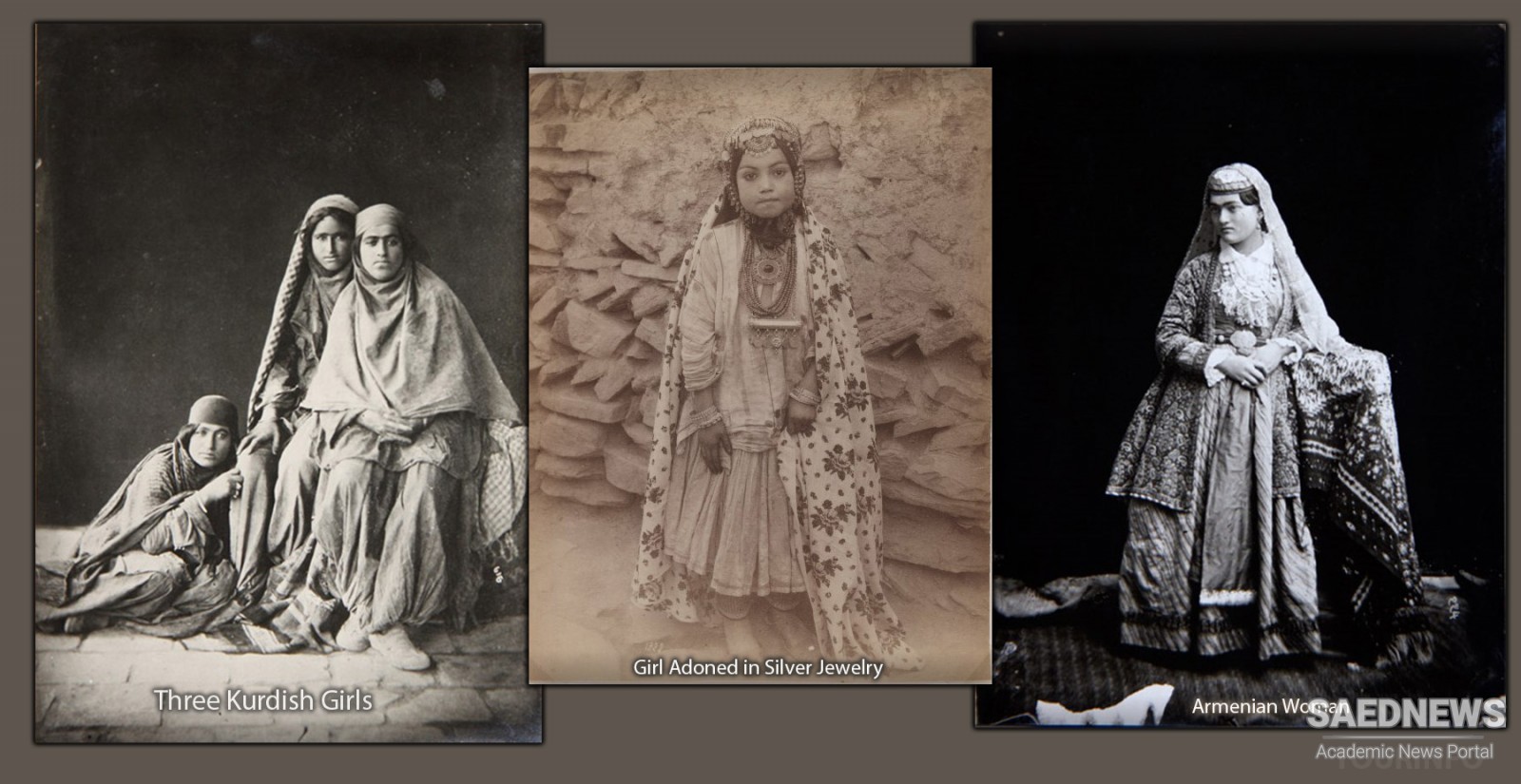The economic and political circumstances of the Safavid period were particularly favourable to the development of new ideas as the exchanges between different countries had increased dramatically since the discovery of new trade routes and the rise of mercantilism. The Armenians played a unique role in this respect. As in the 20th century, they were culturally the most avant-garde group in Iran.
Their successfulmercantileactivities had broadened their horizons more widely than those of other Iranians. Thus, they brought back exotic ideas and new fashions. As mentioned above, they were able to impress the court with European merchandise such as watches and stockings, but none of these items had the revolutionary impact of the printing press. It is true, however, that the first attempts by Khachatur Kesarachi to establish a printing house, in 1636, were not very fruitful. After printing the first book ever in Iran, The Psalms of David (Salmos Davte), he was obliged to stop his printing activities due to the protest of the scribes whose livelihood he threatened.
The true cultural impact of the Armenians did not reside in the materials they imported, but in the fresh ideas they introduced to Iranian art. Their churches in Isfahan today are evidence of the blending of Persian and Western styles. When Le Bruyn visited New Julfa, he reported that there were three important churches. The largest one was called Surpa Tomafa.
The one which contained the largest number of paintings was Surpa Kroop, and Le Bruyn added that it had a fine dome (probably similar to those of Isfahan’s mosques). However, the principal Church was Anna Baet or Church of the Bishop. This church also contained many paintings.811 The Armenian paintings reflected a new trend, which was adopted later by Muslim Iranian artists.


 The Inconspicuous Christians
The Inconspicuous Christians














































